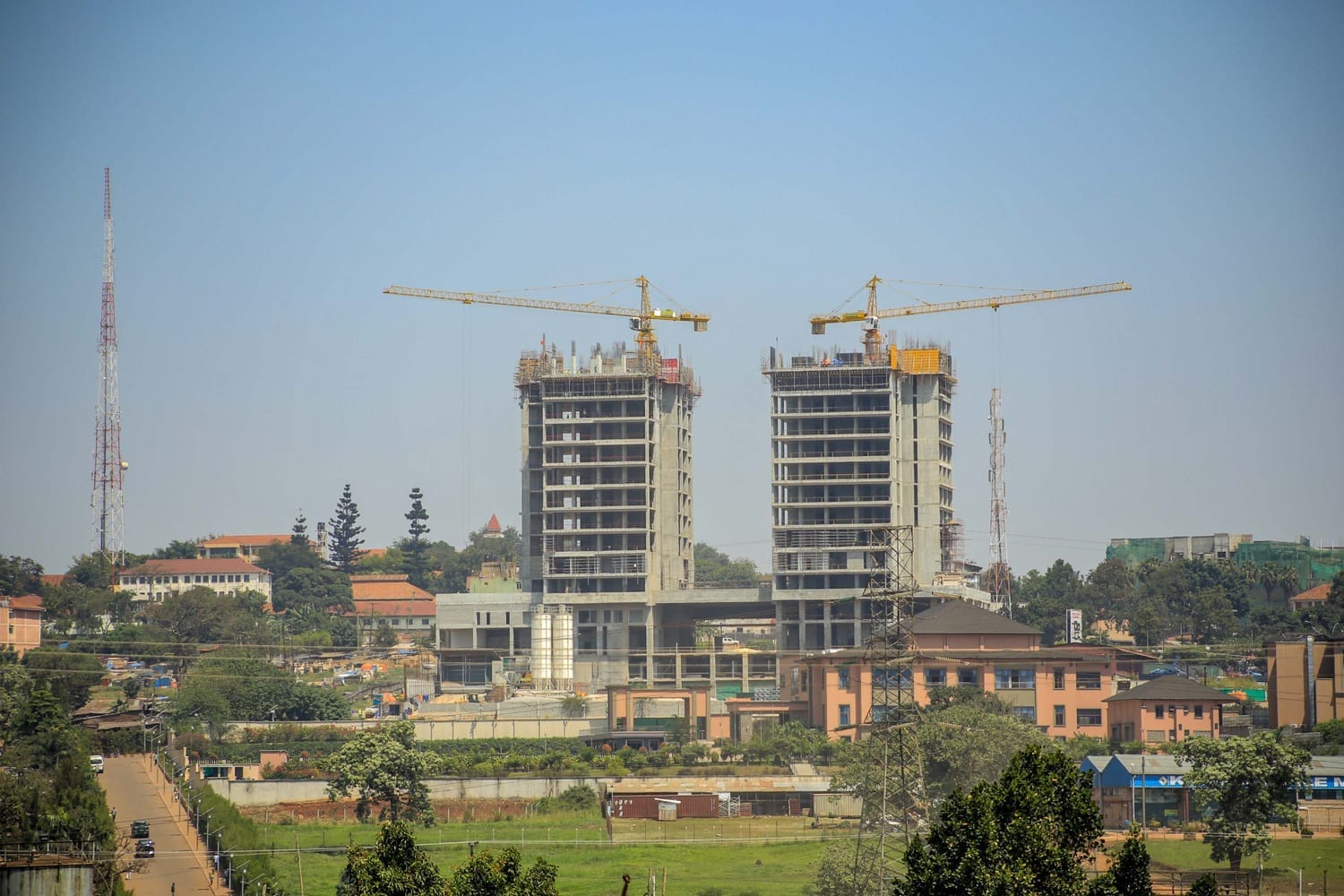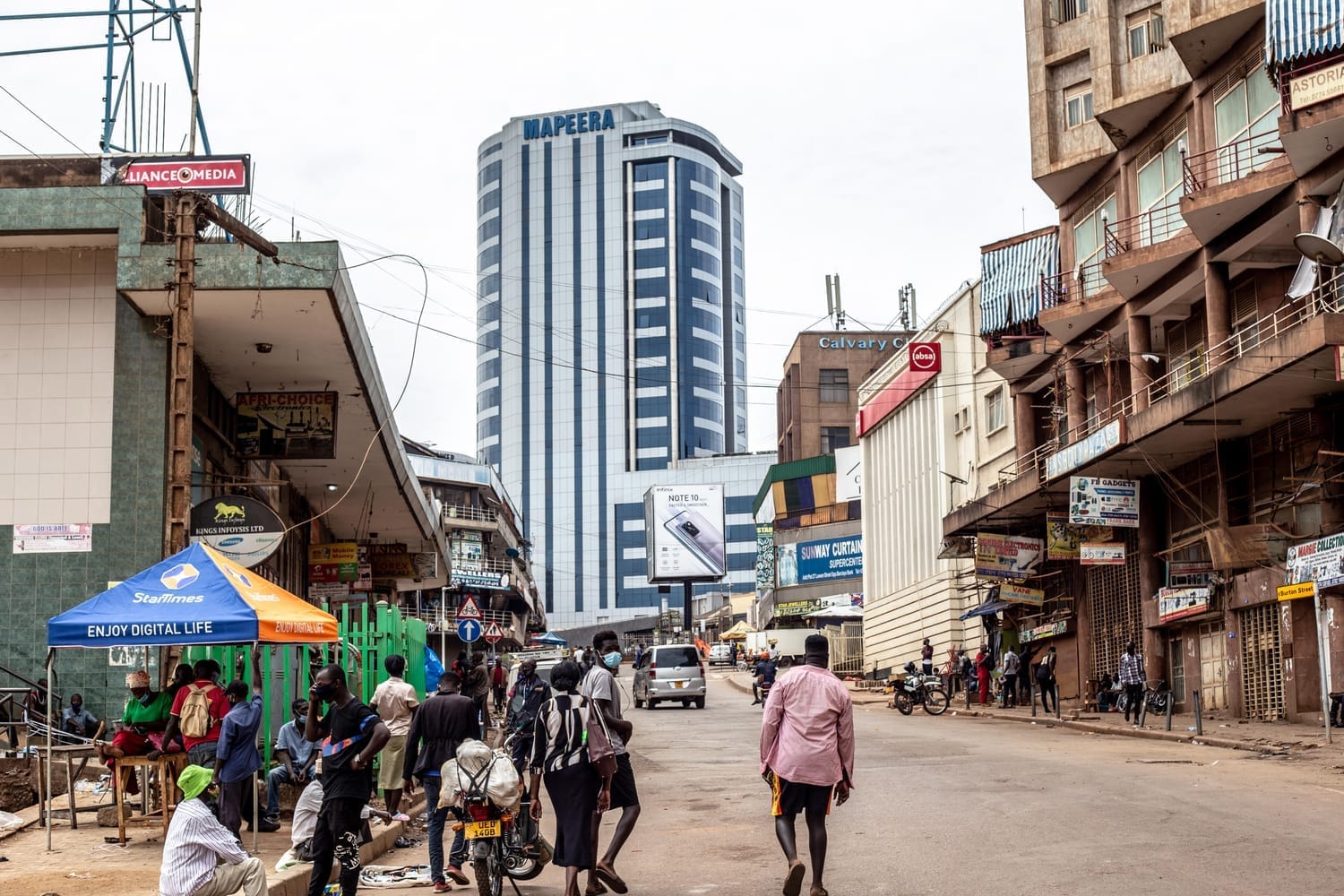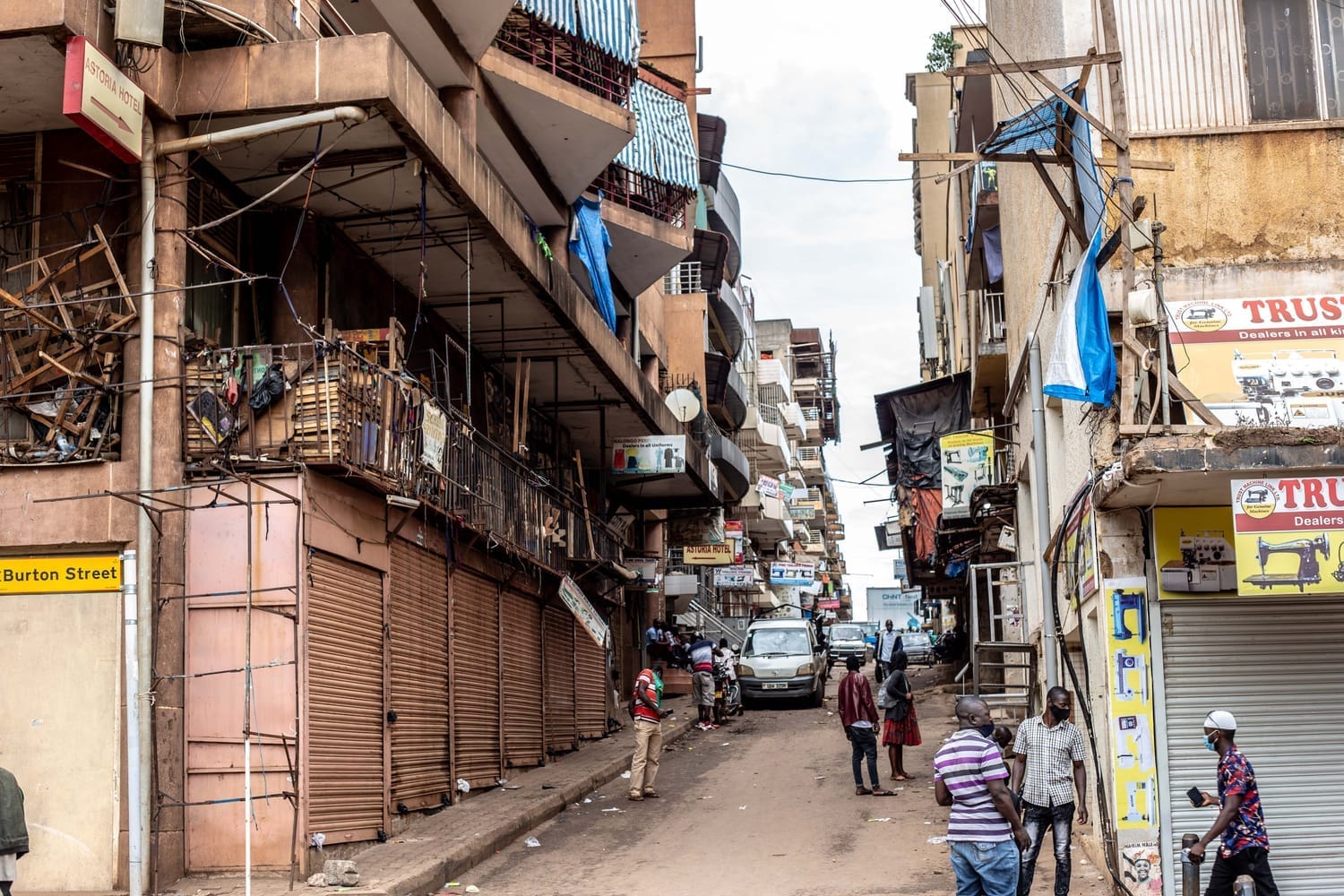Urbanism in Kampala: Navigating the Post-COVID Transformation of Uganda’s Capital
Kampala, Uganda’s bustling capital city, stands as a dynamic intersection of heritage, commerce, and modernity. As seen in the image featuring Mapeera House looming over the vibrant chaos of Kampala Road, the contrast between high-rise development and informal economic activity reveals the layered complexity of urban life in Kampala. From its organic street layouts to the towering skyline of central business districts, Kampala represents the ongoing evolution of African urbanism—where the old coexists with the new, and resilience is woven into the city's very fabric.
The Urban Tapestry of Kampala
Kampala is not a city born of blueprints and zoning maps but one that has emerged from years of spontaneous settlement, political transitions, and socio-economic necessity. Its five administrative divisions—Kampala Central, Kawempe, Makindye, Rubaga, and Nakawa—are diverse in culture, functionality, and spatial organization. This decentralized character makes Kampala a city of contrasts: gated communities rise just kilometers away from unplanned settlements; boda bodas (motorcycle taxis) zip through pothole-ridden streets beside luxury SUVs; hawkers share space with corporate suits in districts like the one captured in the image above.
The presence of structures like Mapeera House and banks like Absa in the cityscape underscore Kampala’s growing appeal as a financial and investment hub. At the same time, the informal sector remains the lifeblood of the city, with countless small businesses lining streets and alleyways. From food vendors to electronics repair shops, this sector sustains thousands and defines the day-to-day rhythm of Kampala's urban heartbeat.

THE IMPACT OF COVID-19 ON URBANISM IN KAMPALA
The COVID-19 pandemic delivered a jolt to cities worldwide, and Kampala was no exception. The lockdowns, curfews, and disruptions to trade, transport, and work revealed both the vulnerabilities and adaptive strengths of Kampala’s urban systems. Markets like Owino and areas near downtown saw decreased foot traffic, impacting informal traders significantly. Meanwhile, the formal economy leaned on digital infrastructure, with services moving online, including banking, e-commerce, and even some aspects of governance.
Post-COVID, Kampala has seen a shift toward more conscious urban planning.
According to Kampala Capital City Authority (KCCA), key areas of focus have included:
Smart City Implementation: KCCA’s Smart City initiative is an ambitious plan to digitize public services, improve infrastructure, and foster innovation. COVID-19 accelerated the push toward a tech-enabled city. Applications for trade licenses, property taxes, and customer service have now moved online, reducing human contact and increasing efficiency.
Non-Motorized Transport (NMT): In response to pandemic-induced mobility limitations, there has been a push for walkable and bike-friendly infrastructure. Projects such as pedestrian walkways and designated cycling lanes have emerged in areas like Namirembe Road, providing safer, healthier alternatives to crowded taxis and boda bodas.
Resilient Markets and Public Spaces: COVID-19 revealed the need for better ventilation, sanitation, and spacing in markets and communal spaces. KCCA has since supported the upgrading of several informal markets with modern infrastructure that supports both hygiene and business continuity.
Housing and Informality: The pandemic underscored Kampala’s housing crisis, with many low-income residents living in overcrowded, unsanitary conditions. While large-scale solutions remain limited, there is growing pressure on government and development partners to invest in affordable, planned housing for the urban poor.

CHALLENGES AND OPPORTUNITIES IN KAMPALA'S URBAN FUTURE
Despite positive steps, Kampala still faces significant urban challenges. Traffic congestion, waste management, flooding during heavy rains, and an overstretched public transport system all continue to impact the city's livability. The rapid pace of urbanization—driven by rural-urban migration and natural population growth—outpaces the city’s infrastructure development.
However, Kampala also sits on immense opportunity:
Youth-Driven Innovation: With one of the youngest populations in the world, Kampala is brimming with creative energy. Youth-led urban farming, digital startups, and social enterprises are reshaping what urban sustainability can look like in Africa.
Green Infrastructure: There is a growing movement toward urban greening—through tree planting, eco-parks, and community gardens—led by both civil society and KCCA. These initiatives are crucial in building climate resilience and improving air quality.
Cultural and Creative Economies: From the bustling art scene in Kabalagala to the urban music explosion of the "Kampala Vibes," cultural industries are emerging as viable economic sectors, generating jobs and global attention.

TOWARD A SUSTANABLE AND INCLUSIVE KAMPALA
As Kampala positions itself for the future, post-COVID urbanism must focus on inclusive, participatory development. The lessons from the pandemic point to the need for a city that is not only technologically advanced but socially just—where slum dwellers have access to decent housing, where traders can operate with dignity and safety, and where infrastructure development meets the needs of all citizens, not just the affluent few.
In this transitional period, the people of Kampala—resourceful, adaptive, and resilient—remain the city’s greatest asset. Whether under the high-rise shadows of the central business district or in the open-air bustle of street vendors, the spirit of Kampala is alive and evolving. This vibrant complexity is what defines the future of urbanism in Uganda’s capital.

Let us know what you think in the comments!
Categories
Newsletter
Subscribe to the newsletter and stay in the loop! By joining, you acknowledge that you'll receive our newsletter and can opt-out anytime hassle-free.







